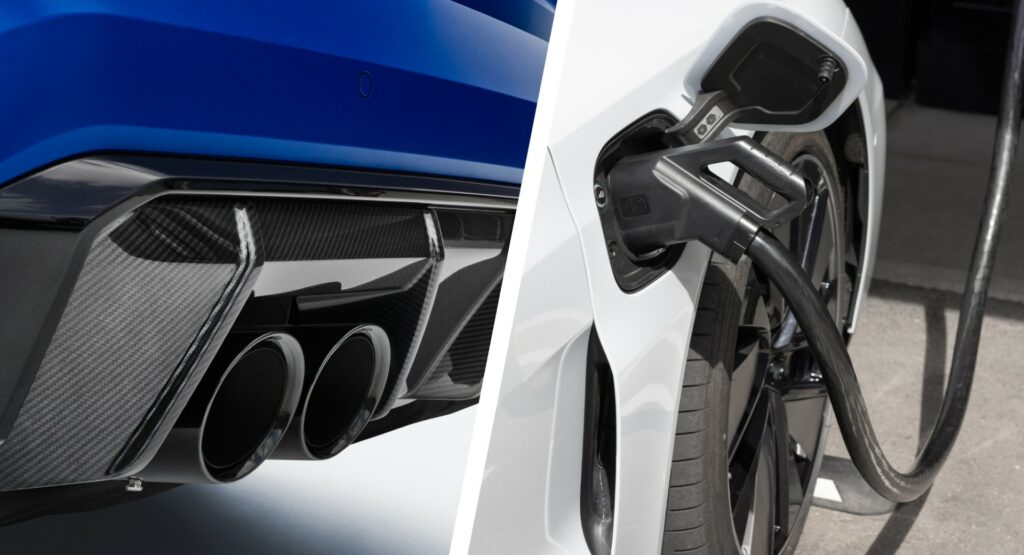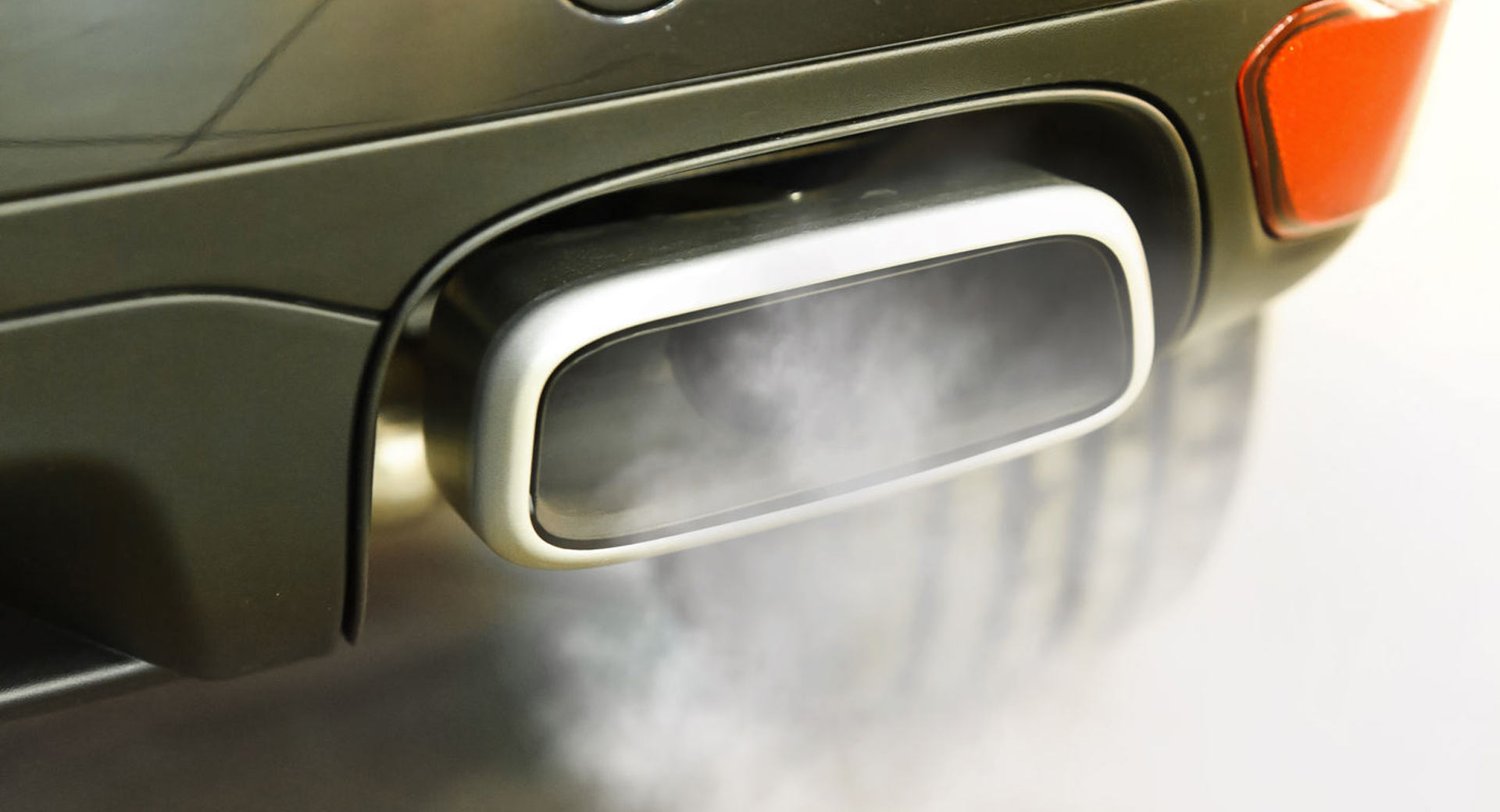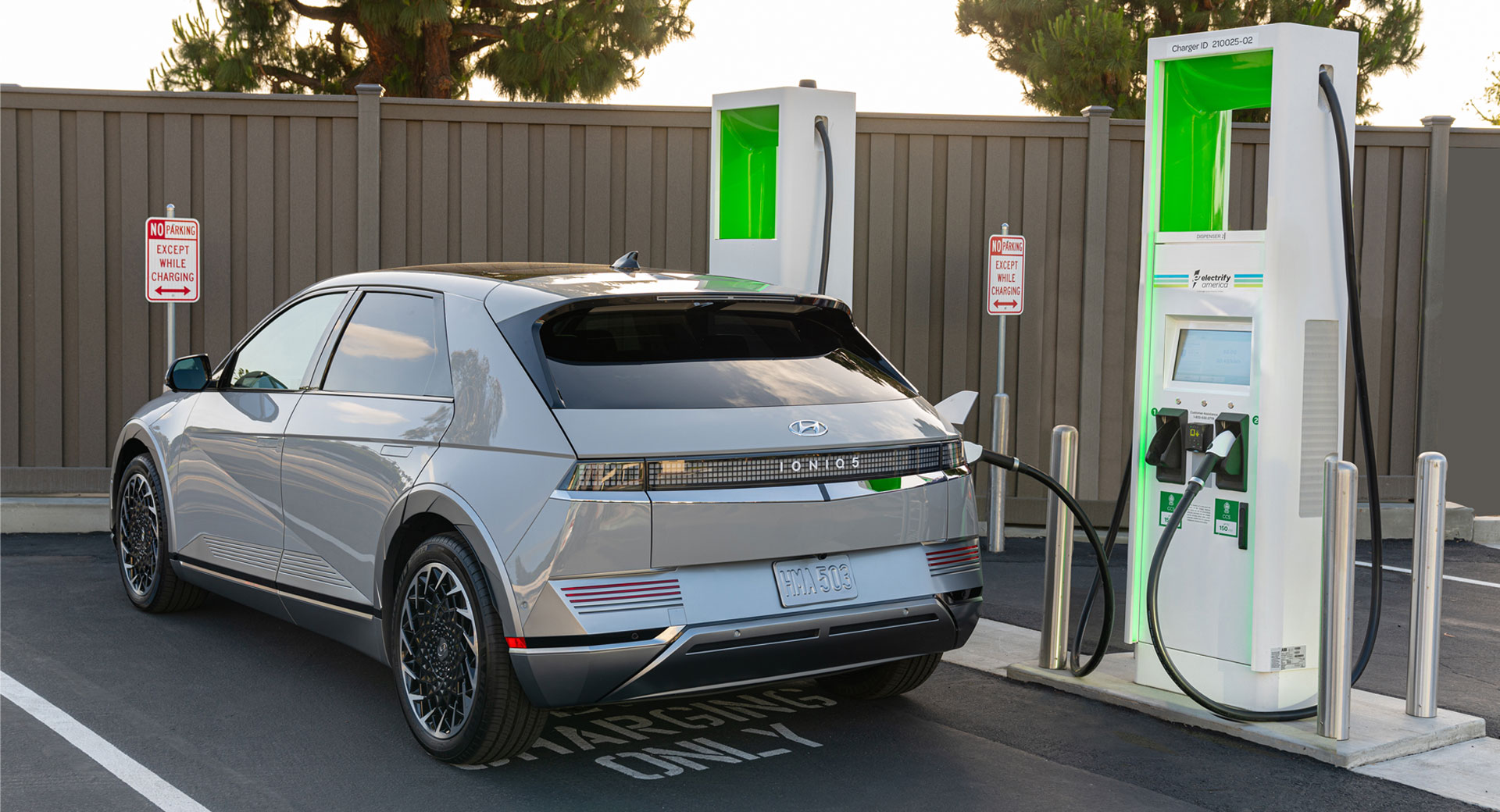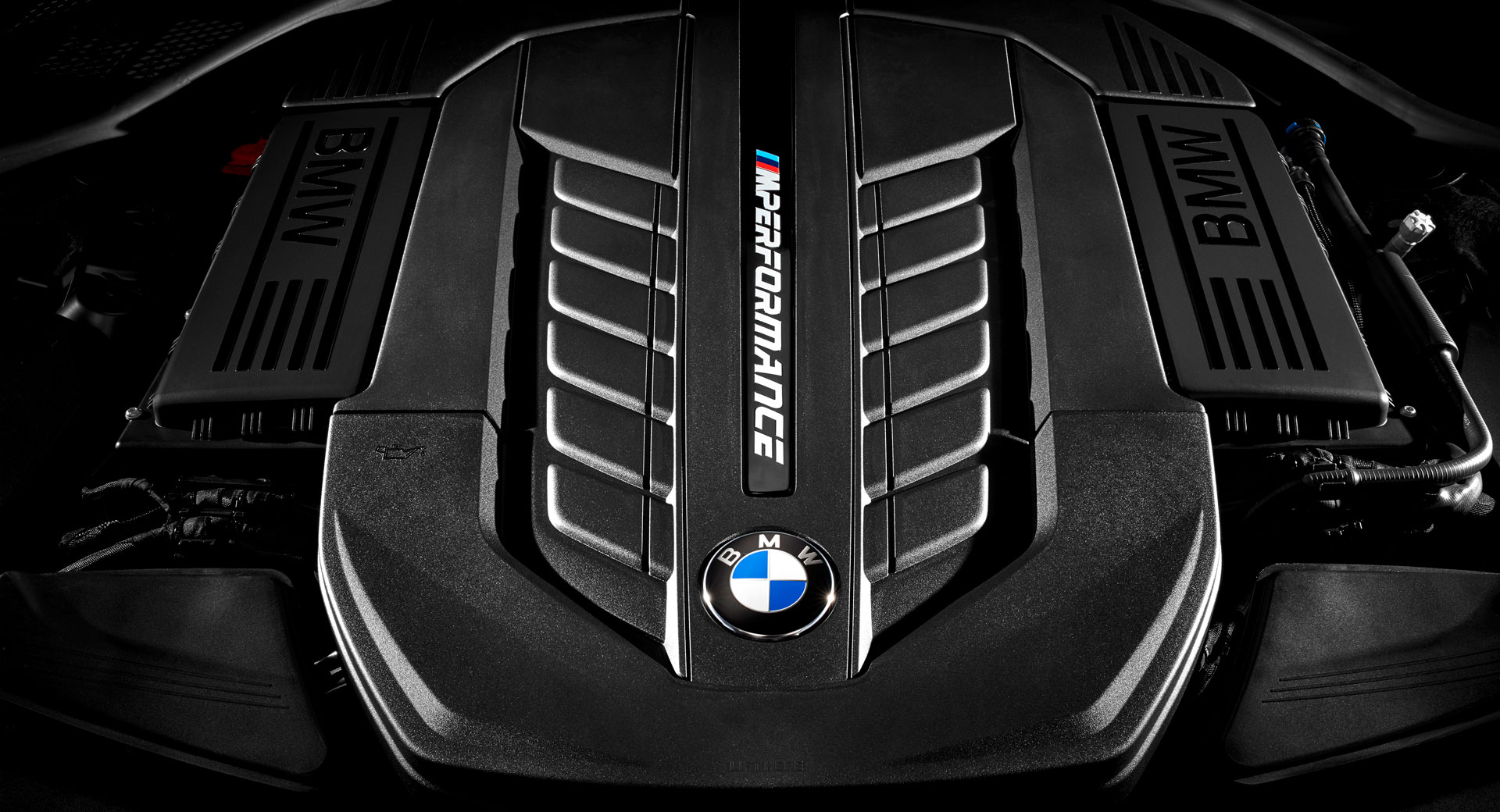The European Union parliament decided in favor of an 100 percent reduction to CO2 emissions for all new vehicles by 2035, while raising interim emission reduction targets. The agreement will result in the demise of all new vehicles with combustion engines using petrol and diesel engines by the middle of the next decade in Europe, including hybrids and plug-in hybrids.
The council agreed that by 2030, CO2 emissions should be reduced by 55 percent for new cars, and by 50 percent for new vans. Then, by 2035, all new vehicles sold in the European Union should have zero-emission powertrains, achieving a 100 percent reduction in CO2 emissions. Those targets will be reviewed in 2026, taking into consideration the technological developments at the time.
Read Also: Classic Cars Less Harmful To The Environment Than EVs, Study Finds
Smaller-scale automakers like Ferrari and Lamborghini will be exempt from the interim emission reduction regulations, but they will still have to comply with the zero-emission targets by the end of 2035.
In order to prepare for the forthcoming increase in EV sales, all member states will revise their targets for faster deployment of alternative fuels infrastructure (AFIR), including charging stations. Also, by 2030, Europe decided to end the incentives for zero-emission and low-emission vehicles.
A couple of days ago we reported that five member states – Bulgaria, Italy, Portugal, Romania and Slovakia – made an alternate proposal for a five-year delay in the sales ban of combustion vehicles. Eventually, though, the countries agreed to the 2035 ban and an agreement was reached.
It was initially believed that e-fuels wouldn’t be an exception to the sales ban, however, Germany made a non-binding proposal on allowing sales of ICE-powered vehicles exclusively running on carbon-neutral fuels after 2035. As reported by Automotive News Europe, Roberto Cingolani, Italy’s Ecological Transition Minister, said he was satisfied with Germany’s proposal. This might allow automakers to keep the combustion engines alive while complying with the zero-emission rule.
As part of the revised plan, European Union limited the Social Climate Fund to €59 billion ($62 billion) from the initially proposed €72 billion ($75.5 billion). Overall, the “Fit for 55” package targets to cut net greenhouse gas emissions by at least 55 percent by 2030 compared to 1990, before achieving climate neutrality in 2050.







